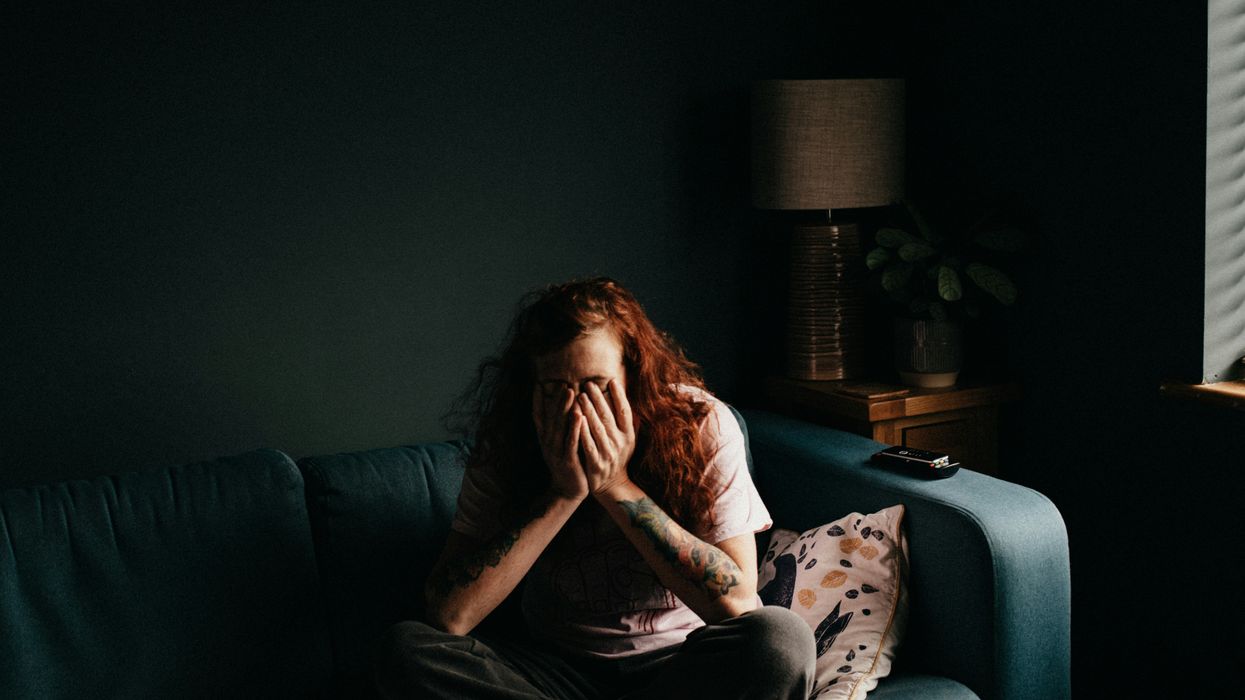San Francisco International Airport is notorious for confusing fatigued pilots due to two runways within close proximity of each other.
The National Transportation Safety Board released footage of such an example where an Airbus A320 narrowly missed landing on the wrong taxiway where four planes were queued up awaiting departure.
It would've been disastrous, but things started looking up as the nose of the plane tipped back skyward at the last second.
In the footage, you can see the plane almost hit the ground but changes direction upward. Air Canada pilot Dimitrios Kisses said he aborted the landing on July 7, 2017 because "things were not adding up."
The consequences could've been devastating.
Veteran pilot Chris Manno is aware of the airport's tricky landing procedure. According to CBC News, he said:
When you are operating with what you call 'reduced lateral separation,' which is what's at San Fran and Minneapolis and other airports in the country, things are more critical and communication is key.
If there is a screw-up with communication, there is going to be a problem.
Three out of Five Pilot errors were considered as close calls based on incidents from the past 16 months at San Francisco International Airport.
The incident involving Air Canada Flight 759 from Toronto is still under investigation.
According to a National Transportation Safety Board report, both pilots were tired.
Air traffic controller Brian Delucchi noticed that the plane disappeared from the radar screen as the plane came close to landing, but he managed to continue tracking the flight by using binoculars.
The near miss forced new regulations including having more than one air traffic controller manning the post during busy evening shifts.
Federal officials also enforced new landing policies for air traffic controllers where they will no longer be permitted to rely on visual cues. Instead, they must use instrument landing systems or satellite-based systems while one of the runways are shut down at night.








 @Donald_from_HI/X
@Donald_from_HI/X Sheriff Jesse Watts-retired/Facebook
Sheriff Jesse Watts-retired/Facebook @bwebster0303/X
@bwebster0303/X







